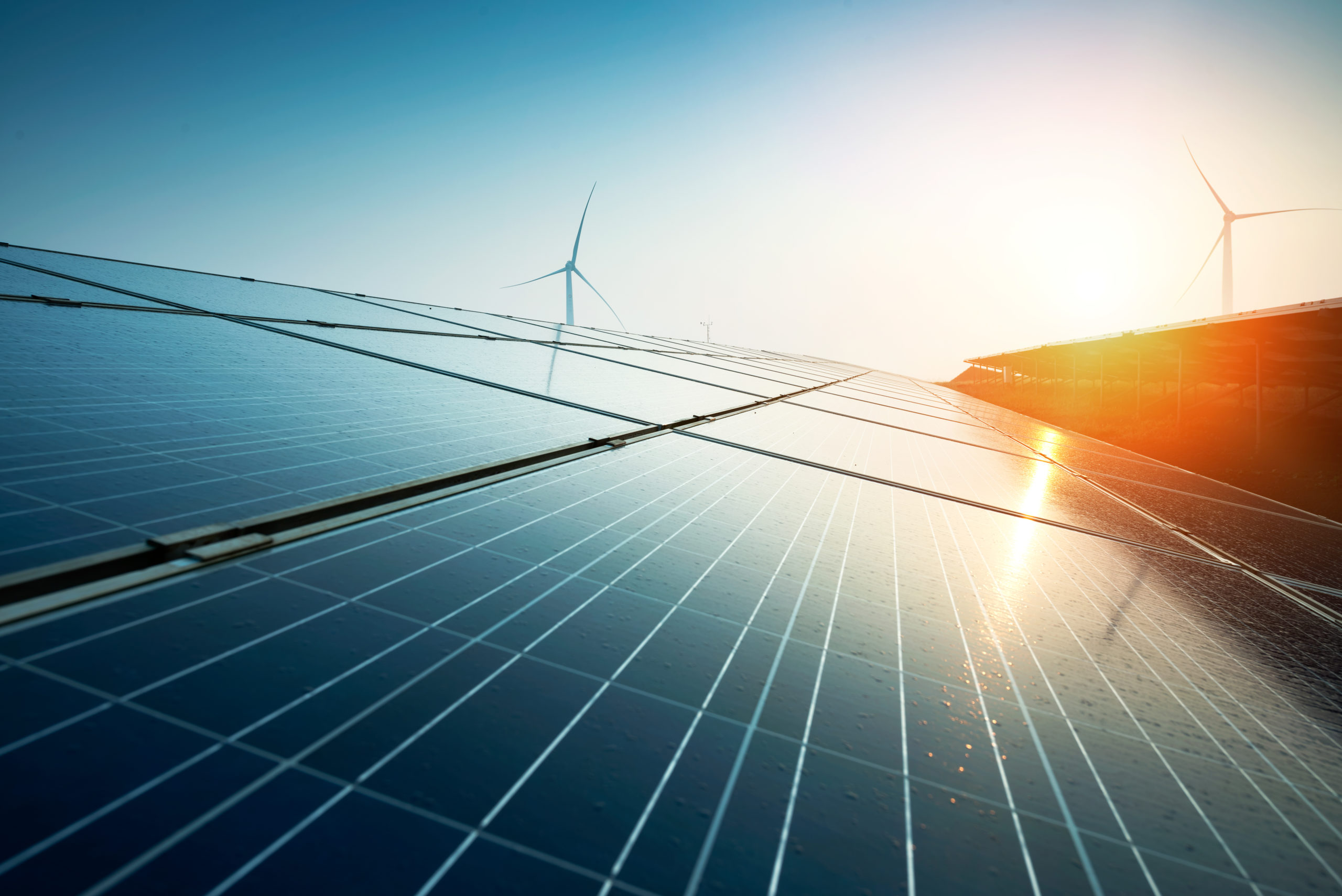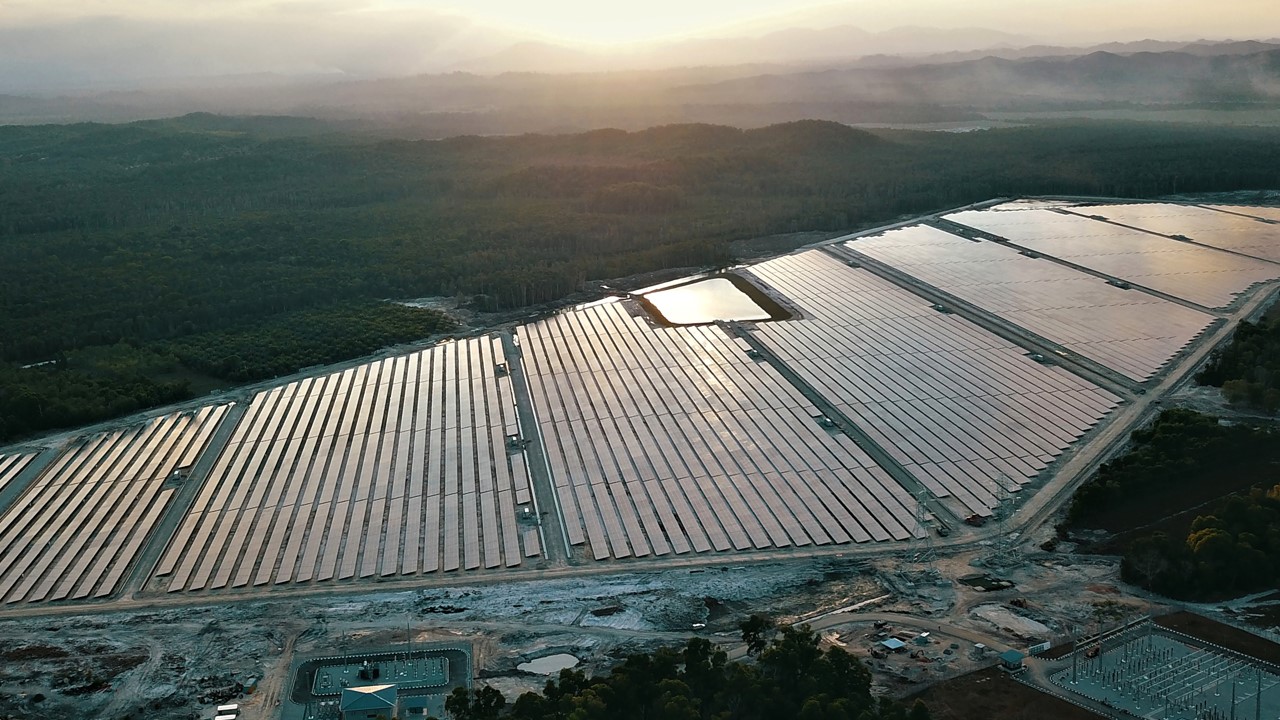The carbon inventory is divided into three main scopes of direct and indirect emissions.
Scope 1 includes all direct emission sources. This includes all use of fossil fuels for stationary combustion resulting from onsite backup generators, transportation (in owned, leased, or rented vehicles), and fugitive emissions of sulphur hexafluoride (SF6) from electrical equipment. Emission factors used for fuels are from the Department for Environment, Food, and Rural Affairs (DEFRA), 2021. Data is collected monthly and reported externally on an annual basis.
Scope 2 includes indirect emissions related to purchased energy. These GHG emissions are reported for offices and onsite maintenance facilities. The electricity emission factors are based on national gross electricity production mixes from the International Energy Agency’s statistics (IEA Stat). Emission factors per fuel type are based on assumptions in the IEA methodological framework. Primarily two methods are used to “allocate” the GHG emissions created by electricity generation to the end consumers of a given grid. These are the location-based and the market-based methods. The location-based method reflects the average emission intensity of the grids on which energy consumption occurs. The market-based method reflects emissions from electricity that companies have purposefully chosen (or not chosen). Our Scope 2 emissions are reported using both methods. Data is collected monthly and reported externally annually.
Scatec purchases International Renewable Energy Certificates (I-RECs). In 2021, 2,394 MWh of I-RECs were purchased in Egypt from the special purpose vehicle (SPV) responsible for our Benban power plant. Each I-REC represents proof that 1 MWh of renewable energy has been produced and includes the environmental benefits this renewable energy has generated. Scatec also consumes own generated renewables on most sites, but this is not always measured.
Scope 3 includes indirect emissions resulting from value chain activities and the GHG emissions are a result of the company’s upstream and downstream activities. Emissions from capital goods are calculated based on procurement figures and best available emissions factors (either standard values or environmental product declarations (EPDs)). Emissions for purchased goods and services, such as from construction are based on actual activity data collected by contractors (construction emissions are reported under Scope 1 when Scatec is the engineering, procurement and construction (EPC) sub-contractor building the plant). Fuel- and energy-related activities (not included in scope 1 or scope 2) are calculated based on scope 1 and 2 activity data using emission factors per fuel type are based on assumptions in the IEA methodological framework. Upstream transportation and distribution is calculated using the EcoTransIT online calculator based on actual volumes transported from manufacturer port of origin to site. Business travel emissions are based on data gathered by and received from Scatec’s travel agencies. Employee commuting emissions are calculated based on data collected from an employee survey and Defra emission factors. Investments are calculated based on equity share of scope 1 and 2 emissions Waste data is estimated by a third party based on the total number of permanent employees. Data is collected and reported externally on an annual basis.






